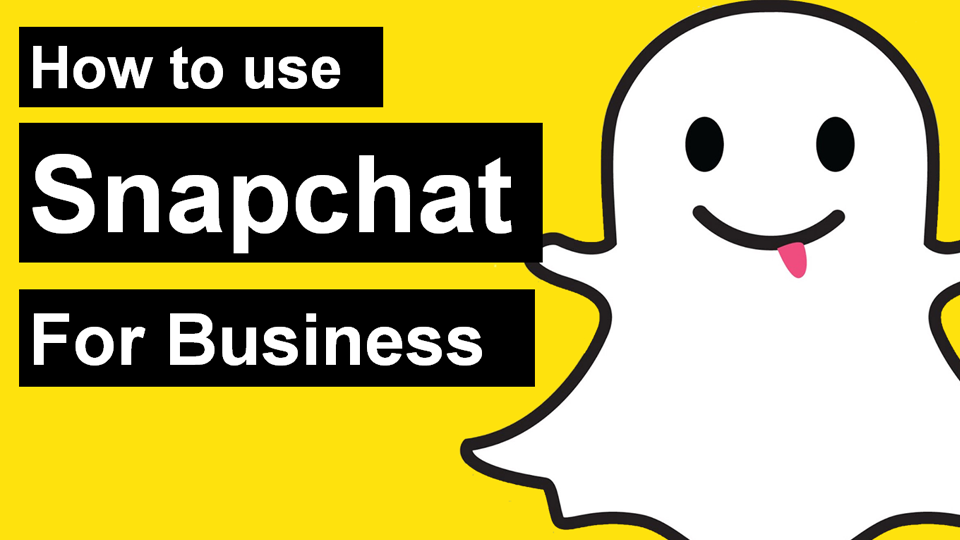The 10 reasons to implement the Digital Body Language in Marketing

Gestures, postures, tics… our body language is unique and says a lot about us, that’s why the vendors, door-to-door, traditional have always been able to take advantage of it to close a sale. These subtle clues tell us what argument is best to use in each case, if the customer gets bored or is paying us all his attention, if he is prepared to buy, what discounts may seem more attractive to him… in short, endless information that is simply not available when we sell online. But not everything is lost: thanks to digital body language, you will be able to know everything you need from your potential customer and take advantage of their unconscious signals to sell.
The digital body language is the sum of all digital activities of a user, both on our website and on social networks. Visits, clicks, forms, likes, it… are the small gestures that shape each person’s fingerprint and, as with the “analog” digital language, each client is a unique individual. So you don’t miss any of these tracks, today I want to tell you the 10 reasons to implement the digital body language in your marketing strategies.
10 reasons to implement digital body language in marketing
1) Because it allows you to harness the full potential of big data
I’m sure you’ve heard of the concept, big data, but do you use it in your marketing plans? Our daily activity generates a massive amount of data that, in most cases, is simply lost in the internet vacuum. Knowing the digital body language at a bilingual level will allow you to take advantage of the arsenal of information.
2) Because it goes much further than Google Analytics
Google’s measuring tool is the basis of the daily life of many digital marketers. But although it is a very useful and complex software, it doesn’t work if we want to know our users one by one. As with any other marketing tool, we have to take advantage of what it brings us, knowing that it is not a panacea, and being open to new solutions.
3) Because you’ll have all the metrics that matter under control.
According to the book Digital Body Language, there are ten essential aspects to control this language. All of them are metrics you’re interested in knowing:
- Source of leads: Where do your potential customers come from?
- Open emails: What are the titles that get the most attention?
- Number of forms sent: How many times have they completed your form?
- Web Visits: How often do you enter your site?
- Pages seen: How many different pages have they been through?
- Automation of emails: Are they in your workflows?
- List segmentation: What lists are they and what communications are they receiving?
- Recent conversions: What have been your last conversions?
- Social Media clicks: How do you interact with your Facebook, Twitter, and LinkedIn pages?
- Lead Score: What value do your shares have on your site and the information you’ve collected about them?
4) Because you can see every client again as an individual
Sometimes, when we value the results of our online actions, what we see is an undifferentiated mass of clicks, visits, actions… and we forget that behind them there are separated people, sometimes with very different profiles. Digital body language allows us to identify our potential customers and recover the old charm of door-to-door sales strategies that adapt as a glove to each particular case.
5) Because you can assess the engagement on a case-by-case basis
As we have seen in point 3, one of the essentials of the digital body language is the so-called “lead score.” This score adds all the user’s actions to tell us simply how much it is okay like. Ultimately, a simple way to value the success of your marketing strategies and develop predictive models about your users’ behavior.
6) Because you can improve conversions
The ultimate goal we pursue in analyzing digital body language is the same as that of vendors, door-to-door, who studied in detail the gestures of their clients: to close a sale or, in the language of digital marketers, to convert. Knowing the clues that users give us when browsing our website and networks allows us to know what strategies work best in each case and what is the right time to make them irresistible proposals. Ultimately, improve our sales.
7) Because you can reach your users wherever they are
Digital body language is the sum of all user actions on any platform. You will no longer have to analyze your website and social networks separately and ask yourself how they fit together. In the same way, you can adapt your actions to each individual’s behavior to reach them at the right time and the right place. The door-to-door of life, but without the need to spend on gasoline.
8) Because you can take advantage of automation
Automation is the new trend in managing digital marketing and social ads. New solutions based on artificial intelligence save time and gain in depth, adding and analyzing thousands of data points in a matter of seconds. You won’t miss a single detail.
9) Because you can sync your messages and offers
Thanks to online marketing platforms such as Hubspot, you can know in detail the responses of your potential customers to each of your actions. There is nothing worse than receiving an excessively commercial message when we are not yet prepared to buy, but luckily, you will no longer make this mistake again. Now you can always come with the right message and the most tempting offer, taking advantage of everything you know about your users.
10) Because you’ll have all the data you need to keep improving
Digital marketing is a task that never really ends: every strategy we put in place is an opportunity to get more data, which in turn serves as a basis for designing new strategies. A continuous improvement process where real-time and individualized information for each user gives you the ultimate advantage.










